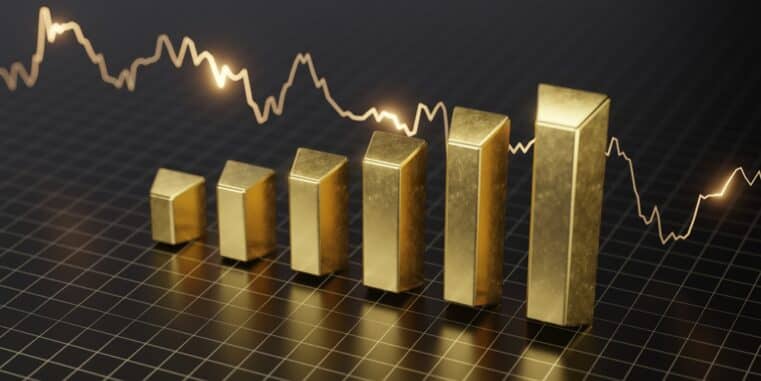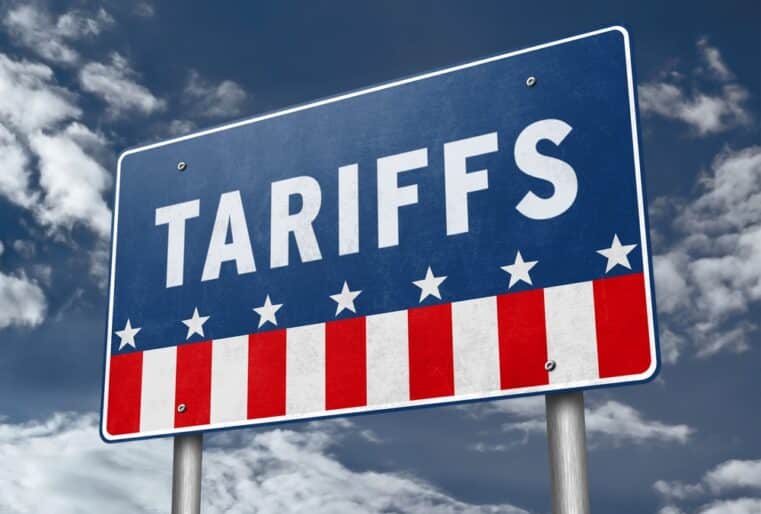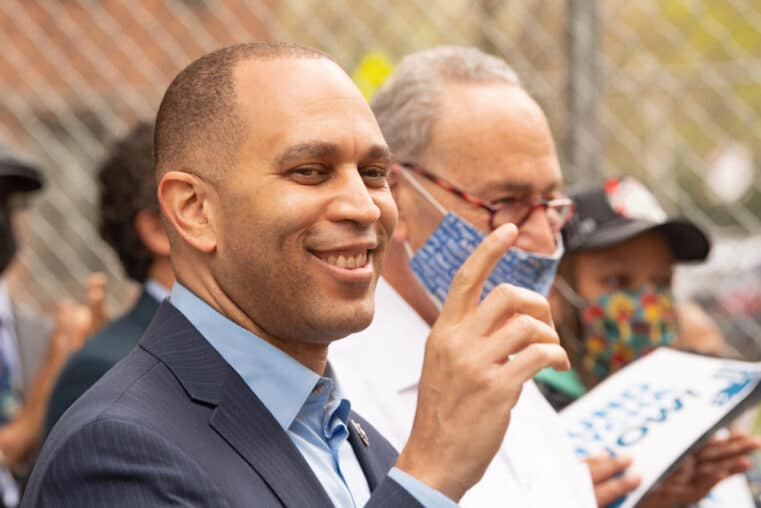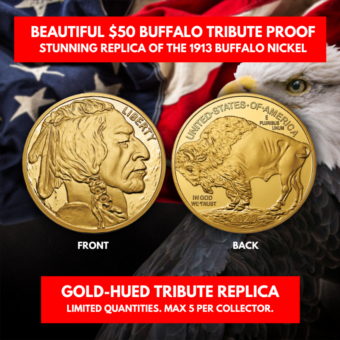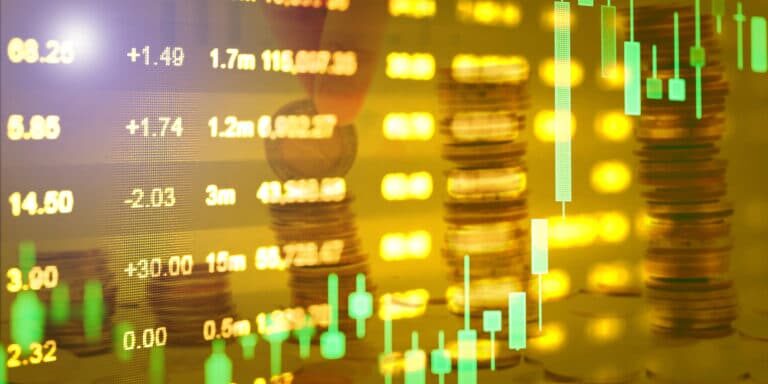
Bank of America: Gold to Hit $2,400 an Ounce This Year
Bank of America was one of the bullish banks on gold heading into 2024, and everything they have seen this year has only added to their conviction.
In a note published Tuesday, commodity analysts, led by Michael Widmer, reiterated their call for gold prices to push to $2,400 an ounce this year. In December, Widmer said that he was expecting a gold rally when the Federal Reserve actually started cutting interest rates. That stance has only changed slightly.
“We had previously proposed a $2,400/oz price estimate if the Fed cut rates in 1Q24; we commit to that estimate for this year, even if rate cuts come later,” Widmer said in the report.
Bank of America’s bullish outlook comes as the precious metal has made significant gains in the last month, establishing record highs on top of record highs. June gold futures last traded at $2,315.10 an ounce, up nearly 1.5% on the day.
Since its mid-February lows just above $2,000 an ounce, gold prices have rallied more than 15%. Gold has rallied even as the U.S. dollar and bond yields trade at elevated levels.
Gold’s rally has not only defied long-standing relationships in the marketplace, but prices have ticked higher as Western investors have largely ignored the precious metal.
Although Western Investors have been liquating their positions in gold-backed exchange-traded products, Widmer said demand is coming from other investment vehicles.
“Positioning in the options space has been very strong. Indeed, risk reversals (calls-puts) have been rallying sharply,” he said. “That increase has been particularly pronounced in low-delta options, highlighting that investors want to get exposure to the yellow metal, although more as optionality, rather than a direct linear investment. Either way, that option buying has spilled over into the spot market, lifting prices.”
At the same time, Widmer noted that physical demand, driven by Chinese and Indian investors and central banks, will also continue to support gold prices through 2024.
The People’s Bank of China has been the leader among central banks and is also influencing retail Chinese investors, Widmer said.
“Jewellery sales and non-monetary gold imports hit record highs earlier this year. To some extent, this interest reflects a lack of alternative options for Chinese investors, with equity markets and housing still not particularly appealing,” Widmer wrote.
Widmer noted that gold’s strength in the face of these headwinds shows long-standing relationships have broken down.
“In our view, this is heavily influenced by strong physical buying, which often follows different drivers: China's investors purchase gold given a lack of good alternative options; meanwhile, central banks keep increasing their exposure to gold to diversify their reserves,” he said.
Along with China, Bank of America said that healthy physical demand in India and steady price premiums in regional markets like Istanbul, Turkey, and Zurich, Switzerland, paint a picture of a robust global gold market.
Meanwhile, Bank of America has not entirely dismissed Western investors. Widmer said that this pillar of the gold market is expected to come back when the Federal Reserve actually starts its new easing cycle.
“If the Fed ultimately starts cutting rates, investors should return to the market, also offsetting potentially lower Chinese investment demand as sentiment in the Asian country improves and the economy accelerates,” he said.
This article originally appeared on Kitco News


